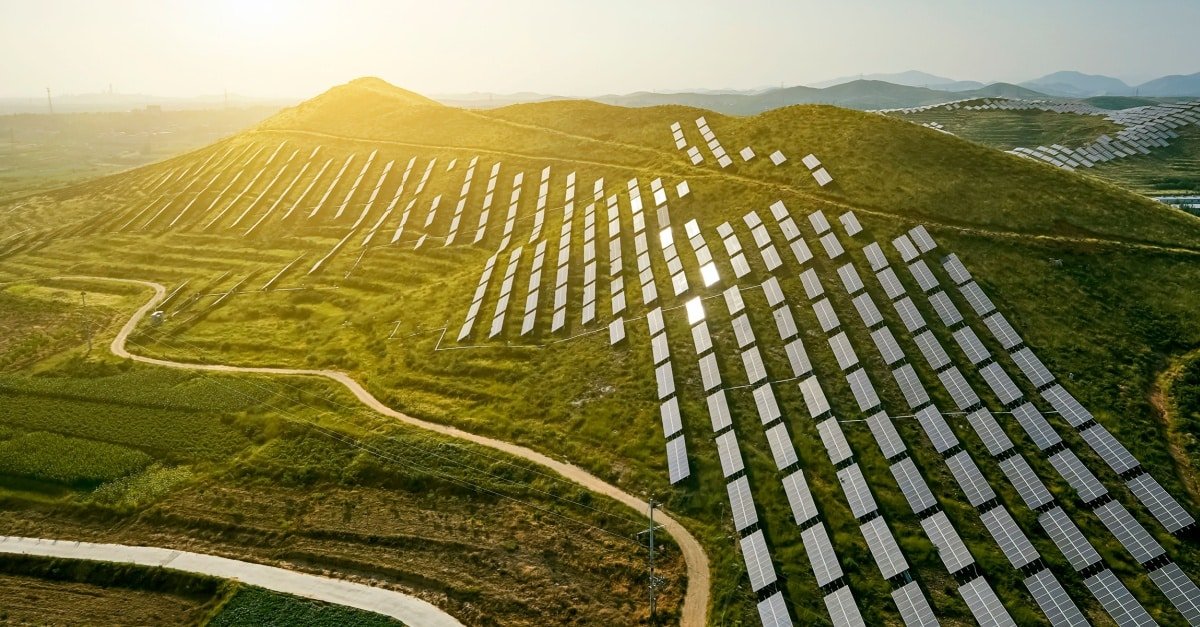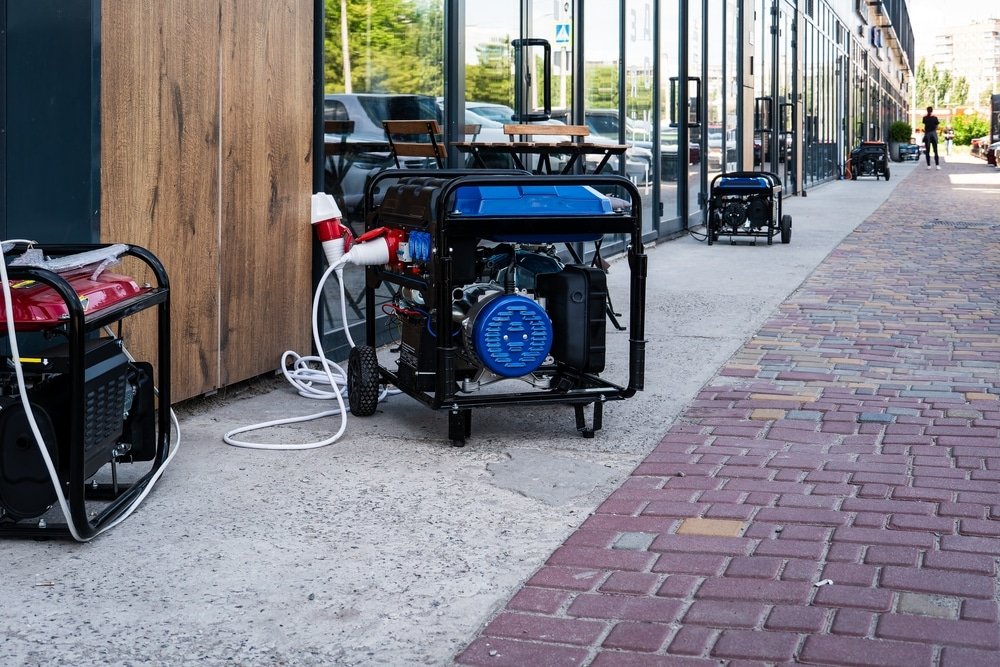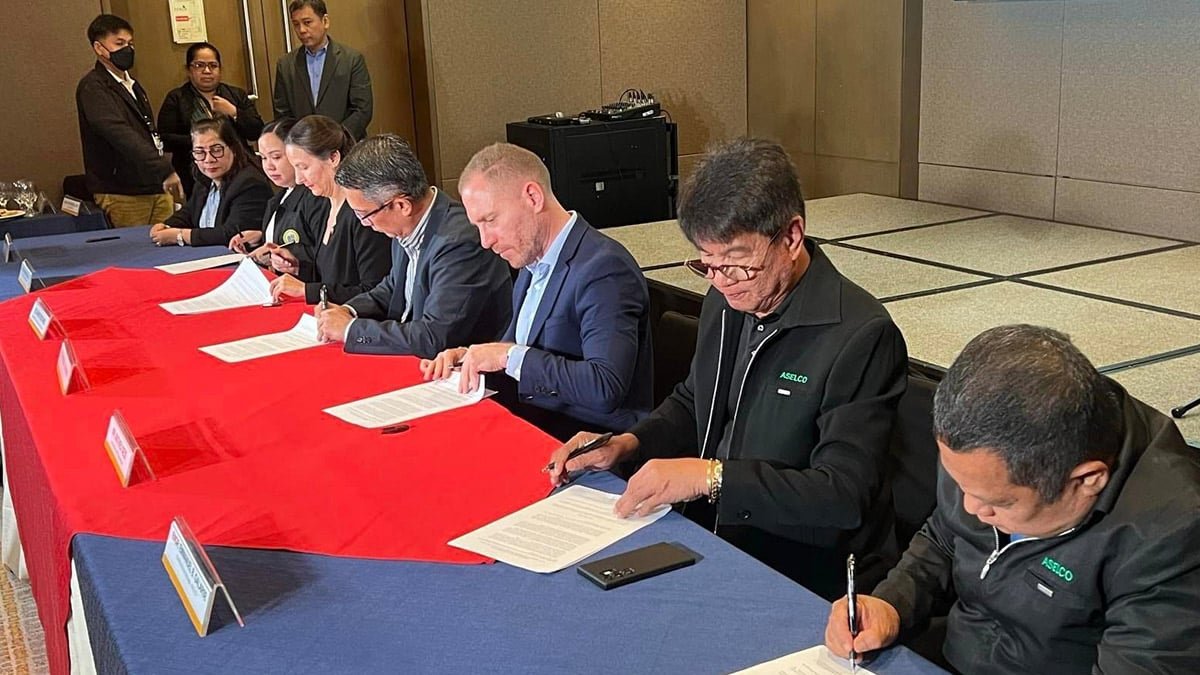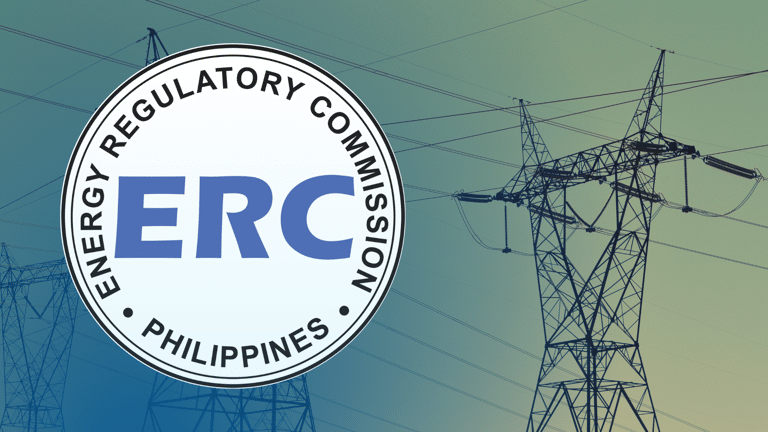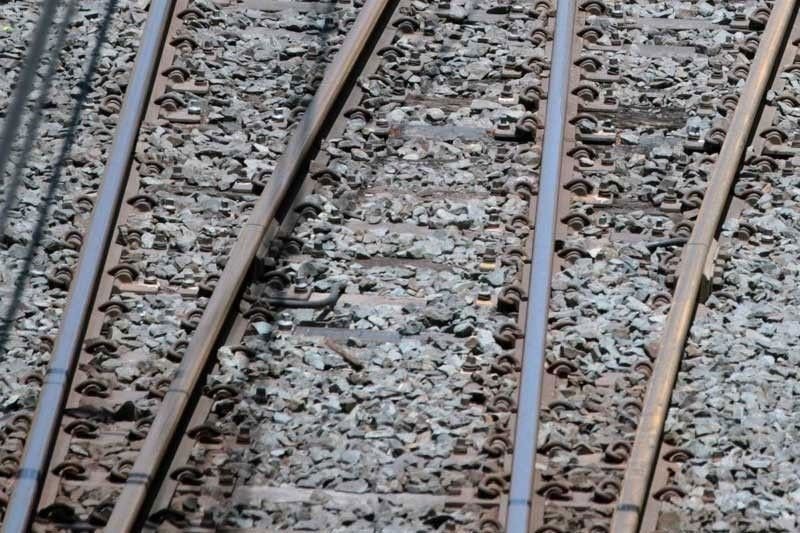
Key Takeaways:
- Mindanao’s energy supply is a mix of traditional and renewable energy sources.
- The path forward focuses on projects prioritizing sustainability.
- Economic growth drives energy demands forward. As Mindanao gains industrial growth, so does its demand for reliable energy sources.
- Energy diversification and policies encouraging independent investments in renewable energy may be the key to addressing Mindanao’s power demands.
- Mindanao is evolving towards clean air energy and sustainability while balancing demand growth, reliability of service, and environmental impacts.
Experts say the road to renewable energy in Mindanao is a long one. According to the Department of Energy (DOE)’s Mindanao Energy Plan 2018-2040, Mindanao relied mainly on renewable energy sources for power generation in 2011, comprising a 65% contribution to the power mix. This decelerated with the entry of new coal power plants in 2015. By 2017, renewables accounted for a 40% contribution to the power mix, with 80% of renewables coming from hydropower.
Today, with the shift turning toward more sustainable energy practices, Mindanao poises itself to pivot towards more renewable energy sources. The challenge is in the balancing of resources with reliable service, and at the same time, addressing power demands as Mindanao gains economic strength.
Steering Mindanao towards more renewable energy poses several challenges, impacting the power mix. Right now, the region is largely reliant on traditional or non-renewable energy sources. An abrupt switch to the power mix may result in intermittent and unreliable power, thanks to limitations in the power grid.
Energy demands are always in flux and ever-evolving. As the region gains industrial strength, so do its power demands. Additionally, remote areas in Mindanao need steady and reliable power as much as those in highly urbanized areas.
Funding for renewable energy projects is also a challenge. High costs, perceived risks, and complex processes become hurdles to implementing the right project at any given time.
However, these challenges open up opportunities for better practices:
Infrastructure – The current power grid may be equipped to distribute energy coming from traditional or non-renewable energy plants, but it also needs to handle energy from various other power plants such as hydro.
Policy – Clear and transparent policy surrounding investments and incentives, as well as straightforward processes for permits and licenses can encourage more investments and mitigate project implementation.
Reliability – Improving wind and solar energy storage solutions ensures a steady backup for power supply.
Public awareness – Amplifying the importance of adding renewable energy to the power mix impacts community involvement, cooperation, and empowerment.
Technical expertise – Evolving energy requirements demand new talent and skills, opening up career opportunities to hone local and homegrown expertise.
Environment- Use of land conflicts may be mitigated by proper and appropriate representation, dialogue, and communication with communities. Transparency regarding environmental impacts is vital.
Mindanao is evolving towards clean energy. With this comes the challenge of balancing demand growth, service reliability, and environmental impacts. Mindanao is ripe for renewable energy; overcoming these challenges is essential for realizing the region’s potential and achieving a sustainable energy future.
Government initiatives support plans for more sustainable energy practices in Mindanao. DOE’s Mindanao Energy Plans 2018-2040 details the road map for how this can be achieved.
DOE says in this plan: “High on the energy agenda is to provide sustainable and resilient energy infrastructure, as well as acquire substantive investments for critical energy projects to address long-term energy supply requirements of the island.”
A strong push towards renewables and how to make more diversified energy sources more reliable for people in Mindanao shows that priorities are leaning towards sustainable and improved energy service for the region.




